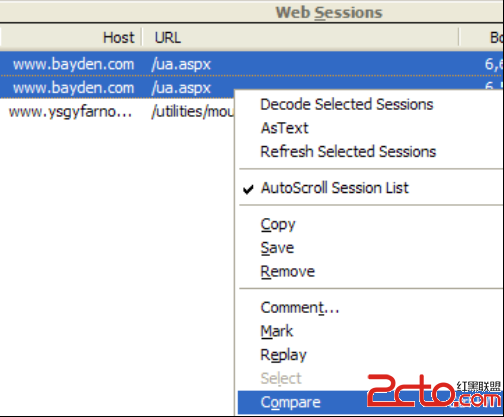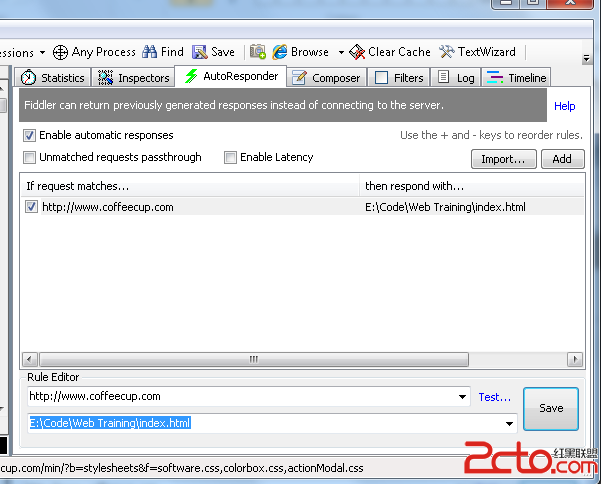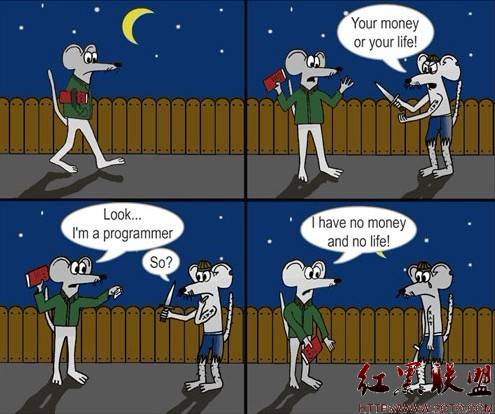[The Art of Readable Code]拆分超长表达式
用做解释变量(总结变量)
在判断语句中可以使用,如:
if ( request.user.id == document.owner.id) {
// ...
}
变成:
bool user_owns_document = request.user.id == document.owner.id;
if ( user_owns_document ) {
// ...
}
user_owns_document就是一个总结变量,这样会让团队其他成员减少读懂这段代码的时间.
使用德摩根定理
not (a or b or c) <=> (not a) and (not b) and (not c);
not (a and b and c) <=> (not a) or (not b) or (not c);
一个简单的小结:“分别取反,转换与/或”,反向操作是“提取反向因子”; 如:
if (!(file_exist && !is_protected)) log("Cound not read file.");
改为:
if (!file_exist || is_protected)) log("Cound not read file.");
滥用短路逻辑
if (a || b) { //... }
如果a 为真,就不会计算b
与复杂的逻辑战斗
判断Range 边界值的时候,要特别注意是否需要等号
找到更优雅的方式
bool Range:OverlapWith(Range other) {
// Check if 'begin' or 'end' falls inside 'other'.
return (begin >= other.begin && begin <= other.end) || (end >= other.begin && end <= other.end) || (begin <= other.begin && end >= other.end);
}
改为:
bool Range:OverlapWith(Range other) {
// Check if 'begin' or 'end' falls inside 'other'.
if (other.end <= begin) return flase;
if (other.begin >= end) return flase;
return true;
}
拆分巨大的语句
遵循DRY(Don't Repeat Yourself) 原则
遇到重复的表达式,可以将他们抽象成函数,或者定义宏
补充:综合编程 , 其他综合 ,





